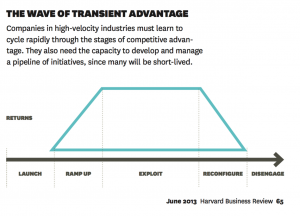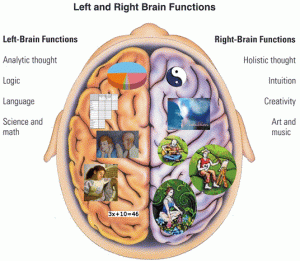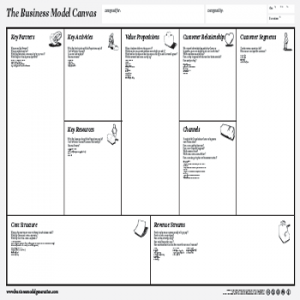 As a big-time music enthusiast, I spend a lot of time on Spotify. It’s easily one of my favourite apps, but, every time I use it, I can’t help but think that the app’s lacking something. It wasn’t until I read the article “What Spotify Can Learn from The Roman Slave Trade” on www.musicindustryblog.wordpress.com that I finally figured out what’s missing: innovation.
As a big-time music enthusiast, I spend a lot of time on Spotify. It’s easily one of my favourite apps, but, every time I use it, I can’t help but think that the app’s lacking something. It wasn’t until I read the article “What Spotify Can Learn from The Roman Slave Trade” on www.musicindustryblog.wordpress.com that I finally figured out what’s missing: innovation.
The author of the blog says, “Spotify has made immense progress but it and the overall market have done too little to innovate product and user experience.” While apps like Facebook and Instagram have gone out of their way to push out updates with new features on the regular, Spotify has largely remained the same. It’s a music streaming service and always has been. This inspired me to do some more reading on transient and competitive advantages.
Competitive advantage was the first kind of advantage to be written about. According to Investopedia, “competitive advantages provide an edge over rivals and an ability to generate greater value for a firm and its shareholders.” For a long time, it was believed that the best way for a business to achieve success was for it to latch onto a competitive advantage. The stronger the advantage, the harder it would be for rivals to neutralize it.
 The theory of competitive advantage went unopposed until Rita McGrath published an article on what she called ‘transient advantage’ in the Harvard Business Review in 2013. “In a world where a competitive advantage often evaporates in less than a year, companies can’t afford to spend months at a time crafting a single long-term strategy. To stay ahead, they need to constantly start new strategic initiatives, building and exploiting many transient competitive advantages at once. Though individually temporary, these advantages, as a portfolio, can keep companies in the lead over the long run,” writes McGrath.
The theory of competitive advantage went unopposed until Rita McGrath published an article on what she called ‘transient advantage’ in the Harvard Business Review in 2013. “In a world where a competitive advantage often evaporates in less than a year, companies can’t afford to spend months at a time crafting a single long-term strategy. To stay ahead, they need to constantly start new strategic initiatives, building and exploiting many transient competitive advantages at once. Though individually temporary, these advantages, as a portfolio, can keep companies in the lead over the long run,” writes McGrath.
To quote What Spotify Can Learn from The Roman Slave Trade, “the way to think about Spotify right now, and indeed streaming as a whole, is that we have built a great engine. But that’s it. We do not have the car.” Spotify needs to consider diversifying its services. It needs to set itself apart from competitors such as Apple Music and Pandora – all of whom use the same ‘engine’. If Spotify doesn’t embrace the theory of transient advantage, it may end up losing its customer base when it inevitably loses its current competitive advantage.
Word count: 402
References:
https://hbr.org/2013/06/transient-advantage
https://www.investopedia.com/terms/c/competitive_advantage.asp
Images:
https://qmunicate.files.wordpress.com/2015/12/spotify-logo-horizontal-black.jpg
https://hbr.org/2013/06/transient-advantage








 Was Best Buy justified in raising their prices?
Was Best Buy justified in raising their prices?